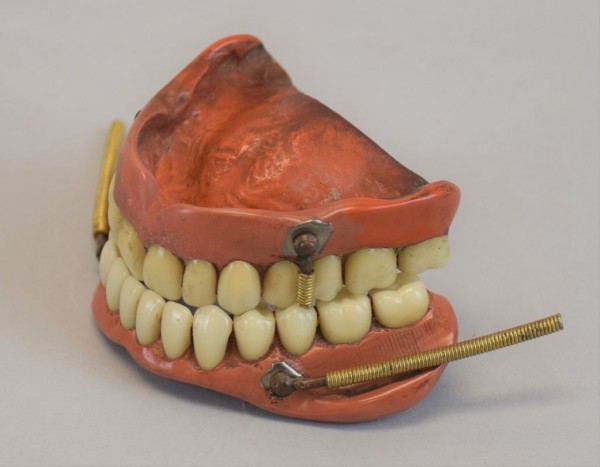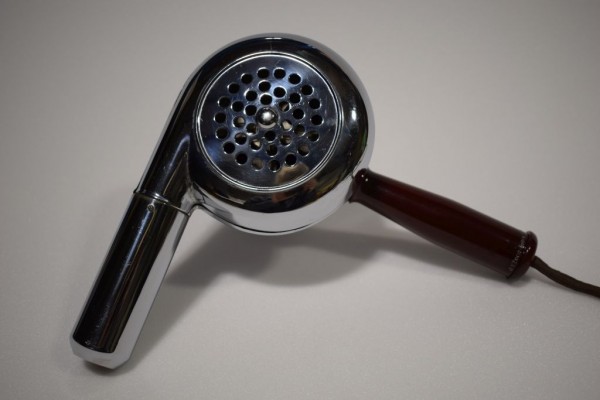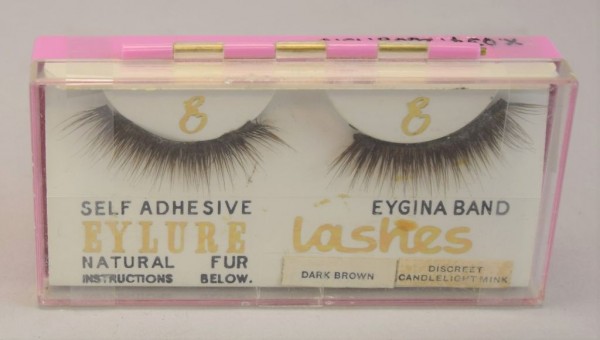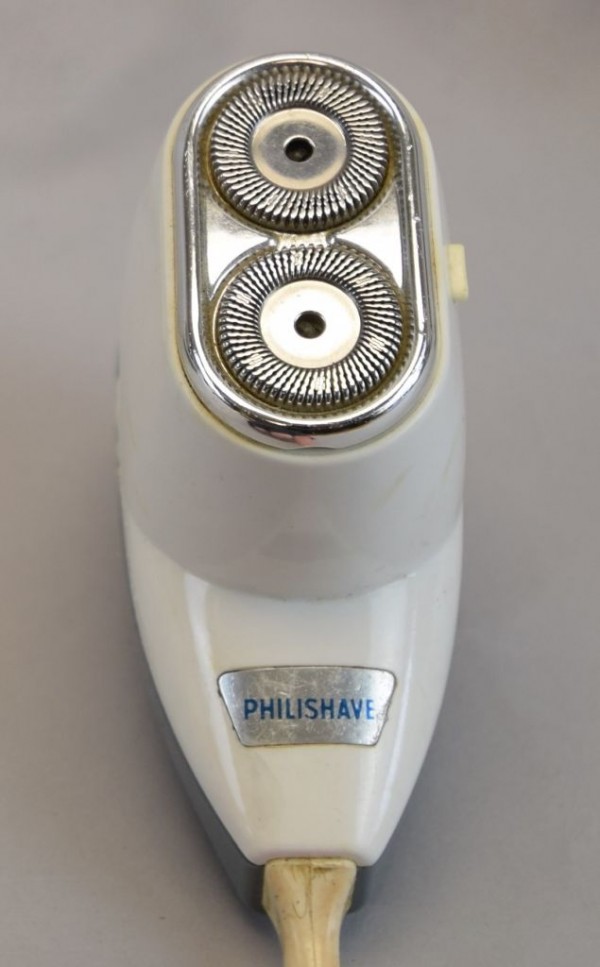Keeping Up Appearances

Girl's World, Palitoy 1970s
Launched in the 1970s, Girl's World gave youngsters the chance to learn and practise make up and hairstyling skills on a life sized plastic doll's head. She came with lipsticks, eyeshadows, eyebrow pencils, blushers, false eyelashes, pink plastic hair rollers, hair grips, combs and a hair brush along with a book of instructions for different hair styles and fashion looks and an order form for a replacement make up set.


Dentures
Before widely available dental care, the only solution for toothache was usually extraction. Dentures or false teeth have been found that date back thousands of years but they were expensive and out of reach of most people. This all changed when a flexible rubber called Vulcanite was developed in the 1800s, meaning dentures became more affordable.





